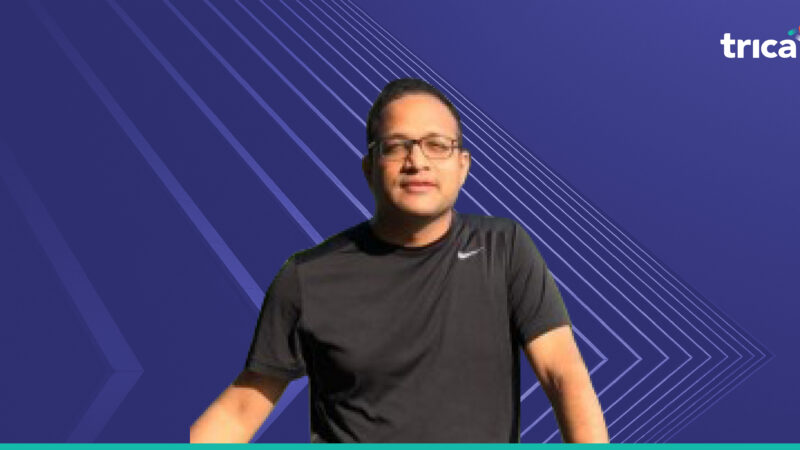
#LetsTalkESOP | ESOP buybacks, everything you need to know
A topic that often places itself in founder and board discussions is ESOPs and ESOP buybacks. ESOP buybacks have seen a frantic increase in the past year – 2021 witnessed the highest record of ESOP buybacks, worth $440 million. While some household brands like Swiggy and UpGrad topped the charts, B2B brands like Nuclei marked the year with their maiden buyback via the trica equity platform. In 2022, the first three months saw ESOP buybacks worth $159 million by 15 companies. But there is still a lot of ambiguity around how one should go ahead and plan a buyback and more importantly if buybacks are actually the most effective way of creating liquidity for team members.
We had an in-depth discussion with Satheesh KV, Co-founder & COO of Spottabl and the former Director of HR at Flipkart, to draw from his experiences on the most effective way to create ESOP liquidity and nurture a strong retention culture in a startup.
Siddhartha: Satheesh, why do you consider it crucial for startups to create liquidity around ESOPs?
Satheesh: Creating ESOP liquidity is an opportunity for founders to pass on the real intent of wealth creation to people who have been part of the startup journey. It is a way of communicating (beyond just words) the money you’re offering, and not confining the value of ESOPs to just a piece of paper. It’s an opportunity to encourage your team, get everyone on board, and keep motivating them. ESOPs can effectively translate into a disproportionate amount of wealth for employees.
Siddhartha: Some founders believe ESOP buybacks are an inefficient use of venture capital? What alternative routes can a startup take to create liquidity for employees?
Satheesh: First of all, I don’t believe it’s an inefficient use of capital. If you are well-capitalized you can look at it as a big bonus that you are giving out to employees. You as a company have done well, you created profit and hence you were able to raise your next round of funding. Who is responsible for making it possible? The team. So it is important to give it back to those who have been part of this journey – whether it’s about helping you raise your series B or further about helping you turn profitable.
Happy employees are the ones who make your businesses grow, and you will want them to compound it.
Now, to address the alternates to buybacks to create liquidity for the team. If you’re not a profitable entity yet, the other options you could look at are secondary sales to either existing investors or bringing in new investors like family offices, UHNIs, and even funds who have not participated in your previous funding rounds. Today there are multiple ways to do it including using trica capital for this.
Sidhartha: Most startups we speak with struggle with the question: at what stage should a buyback or liquidity event be conducted? Is it at a particular fundraising stage or does it have more to do with a startup’s cash position?
Satheesh: There is no template for what stage you should do this but we mostly see startups start to think about this at a Series B or C stage. Let’s look at this from a talent or peoples’ point of view and the business side. Suppose people have spent time with a decent amount of options vested with them, and your business outlook is positive where you have also brought capital into the picture – in this case, it should be anytime from two years plus in the business journey that you can start sharing back via liquidity events.
Siddhartha: What broad range of vested options qualifies for a liquidity event?
Satheesh: There are two ways to do it. First, what is the capital you have in hand? You would like to take a proper top-down and bottom-up approach. Suppose you have $40 million in your kitty and vested options are worth $400 million, this means you can manage liquidity for only 10%. So, it’s more a question of affordability than what you have designed.
The other thing I have noticed is that employees actually like to wait to reap more benefits. In very early liquidity events, the participation rates tend to be 10 or 15% and then it picks up to 20% to 40%.
Transparent communication from the employer to employees plays a vital role. If the employees know that the company will keep creating future liquidity events they will be inclined to wait for the value of the stock option to go up.
Siddhartha: How does the company decide who qualifies to participate in a liquidity event?
Satheesh: I wouldn’t recommend differentiating between employees on the matter of liquidity. You could enable wealth creation opportunities for top performers by giving them additional grants, which could be done once a year, or once in two years, whatever the frequency you decide based on your business and the growth. But at a liquidity event, it is best to keep it uniform and across the board.
Siddhartha: The last and crucial question is how companies arrive at the buyback price?
Satheesh: If you ask me, both as an HR person and a founder, I would say, firstly there should be no difference in how exercise or buyback works for active and excited employees. You can put in criteria in terms of the participation in the liquidity event but it should be at the same price. Secondly, as a founder, you must go back and transparently communicate to all the employees. They will love it.
Click here to watch the entire webinar-
trica equity is a full-stack solution to manage your cap table and ESOPs effectively. Currently, we serve more than 600 startups across India, the US, and Singapore. To name a few, Mobikwik, Jupiter, upGrad, Mamaearth, and Darwinbox are trusting us with their financial data.
If you’re looking for ESOP and cap-table management assistance, book a demo to learn more about our offerings.
ESOP & CAP Table
Management simplified
Get started for free





